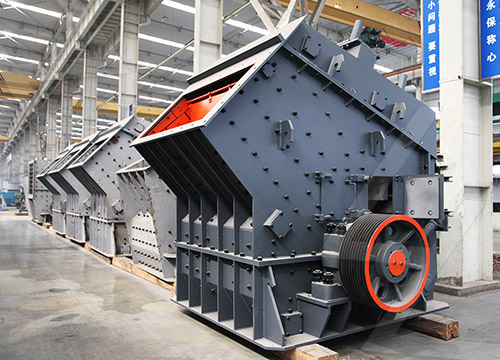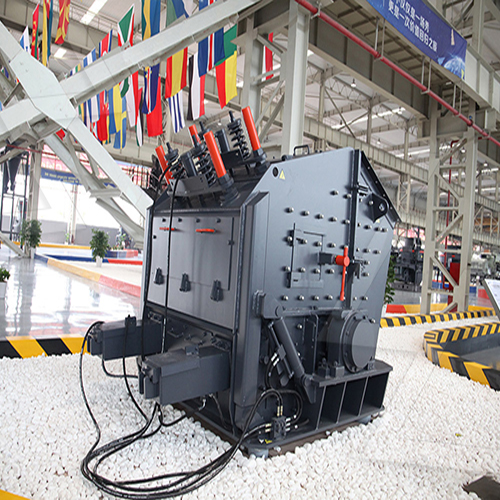A Rotary Dryer Design Worksheet helps engineers systematically calculate key parameters for designing a rotary dryer, including heat and mass transfer, residence time, drum dimensions, and power requirements. Below is a structured worksheet template:
—
Rotary Dryer Design Worksheet
*(Fill in the blanks or input known values)*
 # 1. Input Material & Process Data
# 1. Input Material & Process Data
– Material to be dried: _________________
– Feed rate (F): _________ kg/h (wet basis)
– Initial moisture content (X₁): _________ % (wet basis)
– Final moisture content (X₂): _________ % (wet basis)
– Inlet temperature of material (Tₘ₁): _________ °C
– Outlet temperature of material (Tₘ₂): _________ °C
# 2. Drying Gas Parameters
– Gas type: _________________ (e.g., air, flue gas)
– Inlet gas temperature (Tg₁): _________ °C
– Outlet gas temperature (Tg₂): _________ °C
– Gas flow rate (G): _________ kg/h
# 3. Heat & Mass Balance
1. Water evaporated (W):
\[
W = F \times \left(\frac{X₁ – X₂}{100 – X₂}\right)
\]
Result: _________ kg/h
2. Heat required for evaporation (Qᵥᵥₐₚ):
\[
Q_{\text{vap}} = W \times \lambda \quad (\lambda = \text{latent heat of vaporization})
\]
Result: _________ kJ/h
3. Sensible heat for material (Qₘ):
\[
Q_m = F_{\text{dry}} \times C_p \times (T_{m2} – T_{m1})
\]
*(F_dry = dry solid flow rate; C_p = specific heat of material)*
4. Total heat required (Qₜₒₜₐₗ): ________ kJ/h
 # 4. Rotary Drum Sizing
# 4. Rotary Drum Sizing
1. Residence time (t) *(based on empirical data or pilot tests)*: _________ min
2. Drum diameter (D) *(from volumetric gas flow and velocity)*:





Leave a Reply